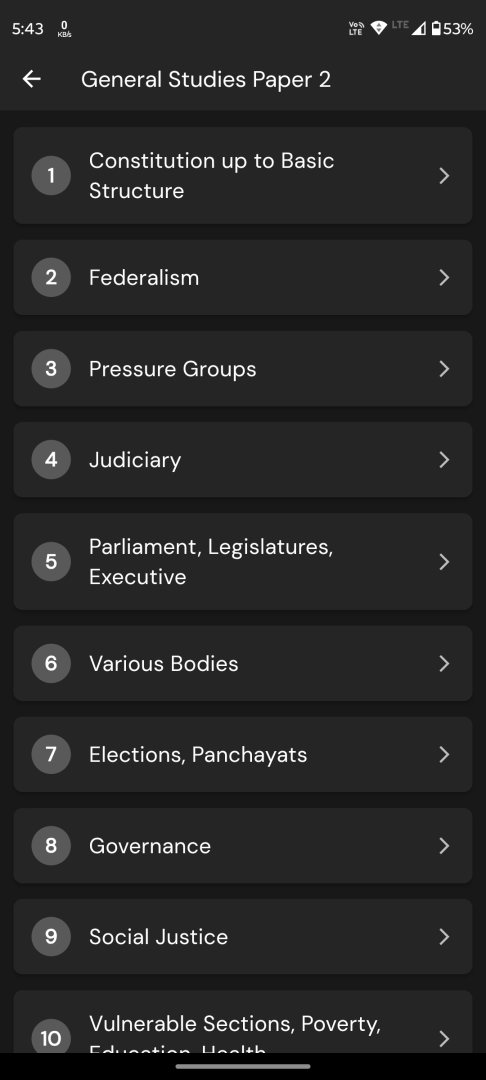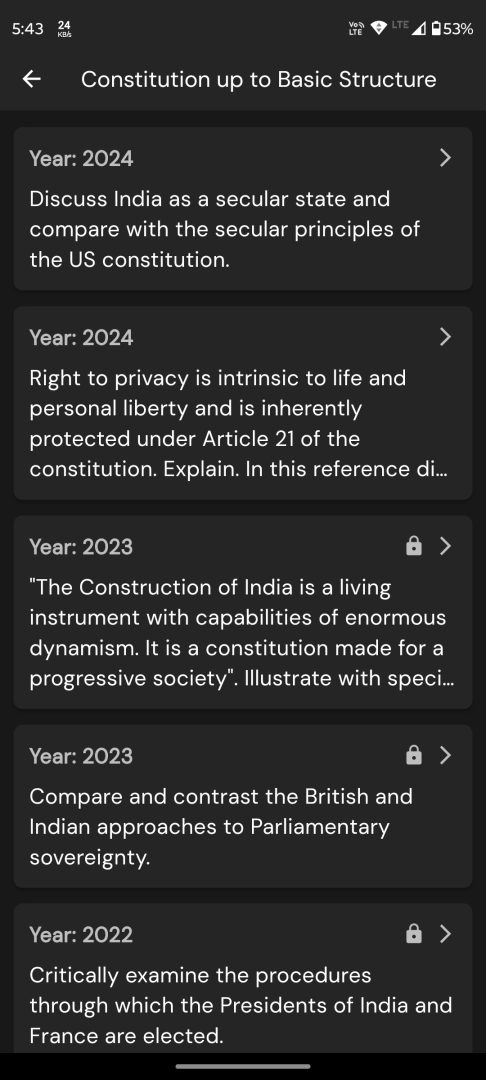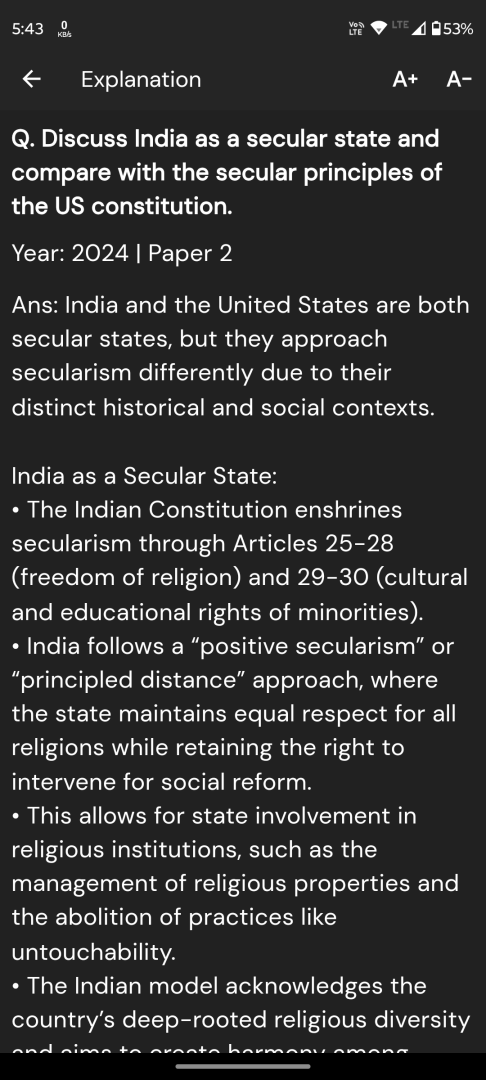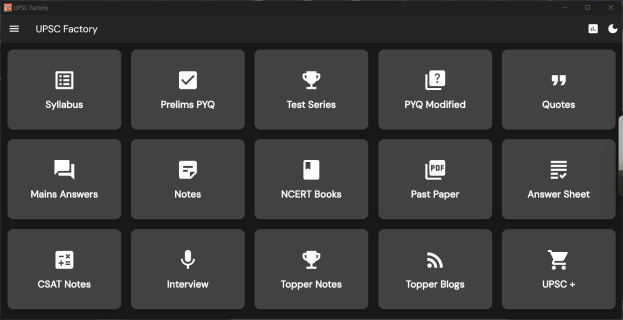Q. The Government of India recently stated that Left Wing Extremism (LWE) will be eliminated by 2026. What do you understand by LWE and how are the people affected by it? What measures have been taken by the government to eliminate LWE?
UPSC Mains 2025 GS3 Paper
Model Answer:
Left Wing Extremism: Understanding and Government Response
Left Wing Extremism (LWE), rooted in the 1967 Naxalbari uprising, represents an armed insurgency based on Maoist ideology that rejects parliamentary democracy and seeks revolutionary overthrow of the state. Operating primarily in the “Red Corridor” spanning Chhattisgarh, Jharkhand, Odisha, Bihar, and Andhra Pradesh, these groups exploit genuine grievances of tribal and marginalized communities regarding land alienation and underdevelopment.
Impact on People:
The affected populations face severe multidimensional challenges:
• Security threats: Civilians caught in crossfire, subjected to violence and kangaroo courts (‘Jan Adalats’)
• Development deficit: Destruction of infrastructure (schools, roads, telecom towers) perpetuates poverty cycles
• Democratic denial: Killing of elected representatives creates governance vacuum
• Displacement: Forced migration disrupts traditional livelihoods
• Psychological trauma: Children growing up amid constant violence
Government’s Multi-Pronged Strategy:
The SAMADHAN doctrine combines security and development approaches:
Security measures:
• Deployment of specialized forces (CoBRA battalions, Greyhounds-Andhra Pradesh)
• Fortified police stations and intelligence-based operations
• Modernization of state police forces
Development initiatives:
• Road Connectivity Project for LWE areas (RCPLWE)
• Mobile tower installations improving connectivity
• Eklavya Model Residential Schools for tribal education
• Skill Development Centers and ITIs
Rights and rehabilitation:
• Forest Rights Act implementation
• Civic Action Programme building trust
• Surrender policies with vocational training
Conclusion: Violence declined from 2,258 incidents (2009) to ~500 recently, validating the holistic approach toward 2026 elimination target.




